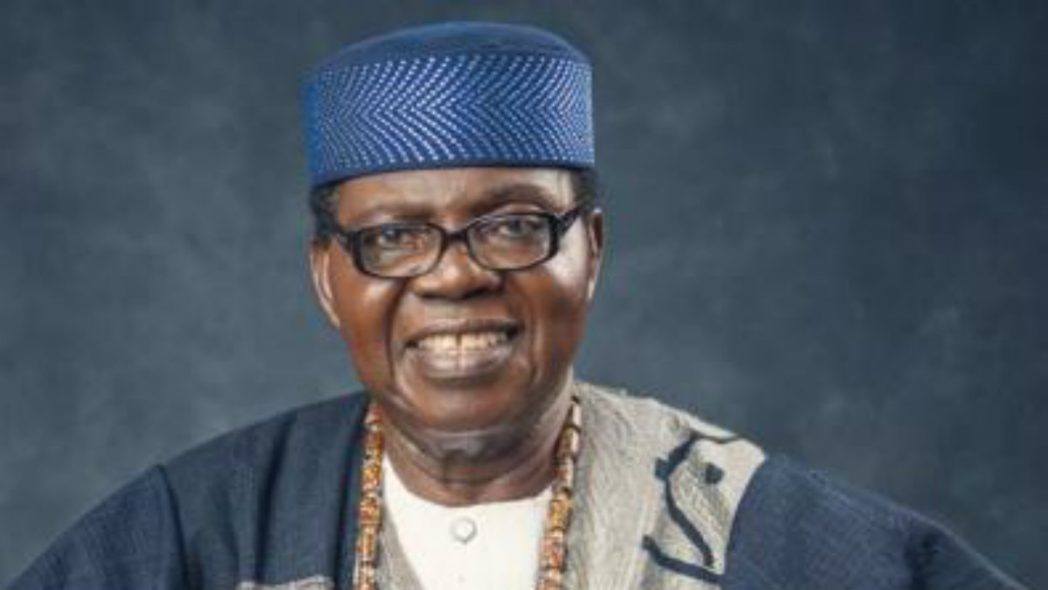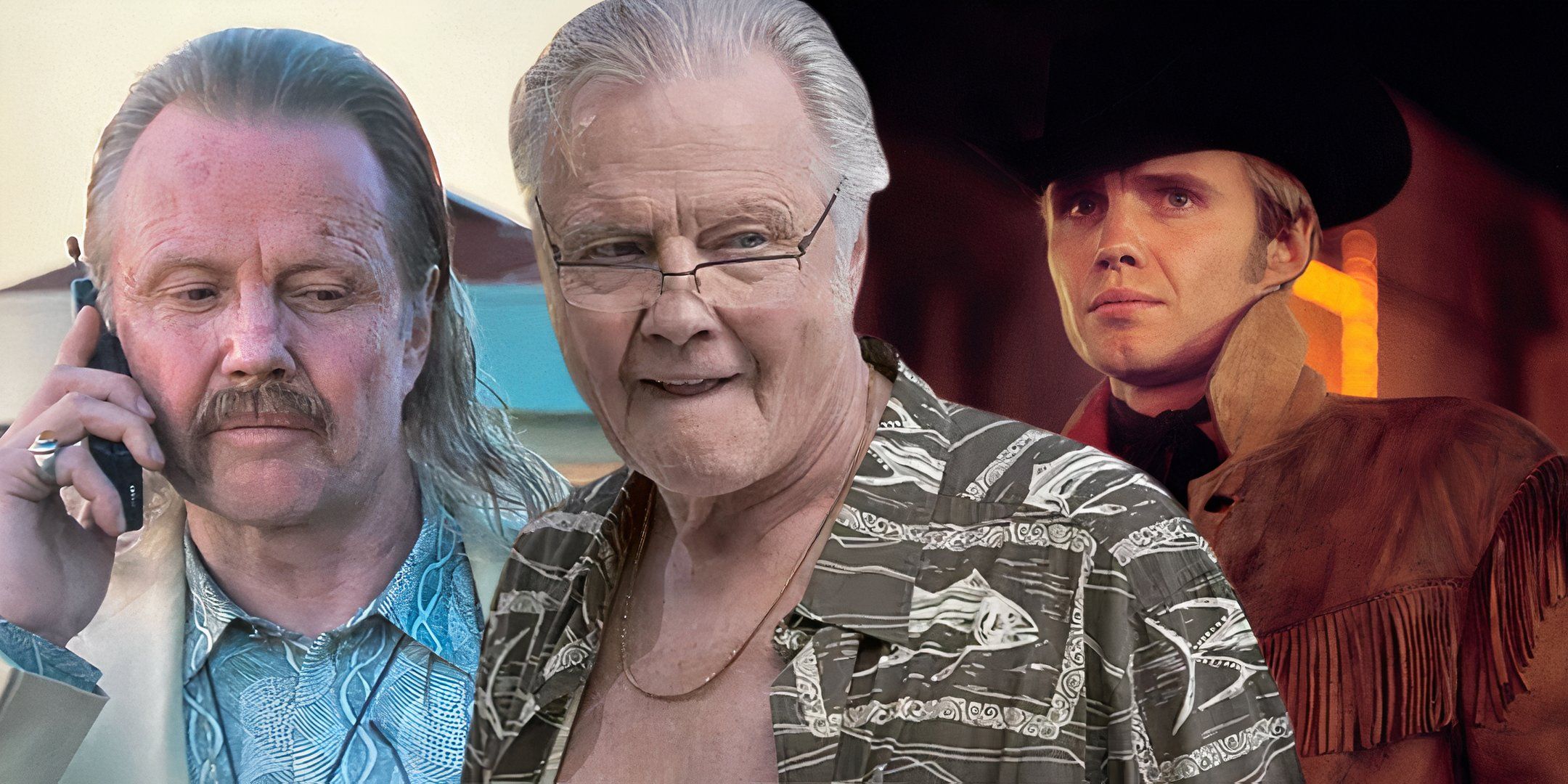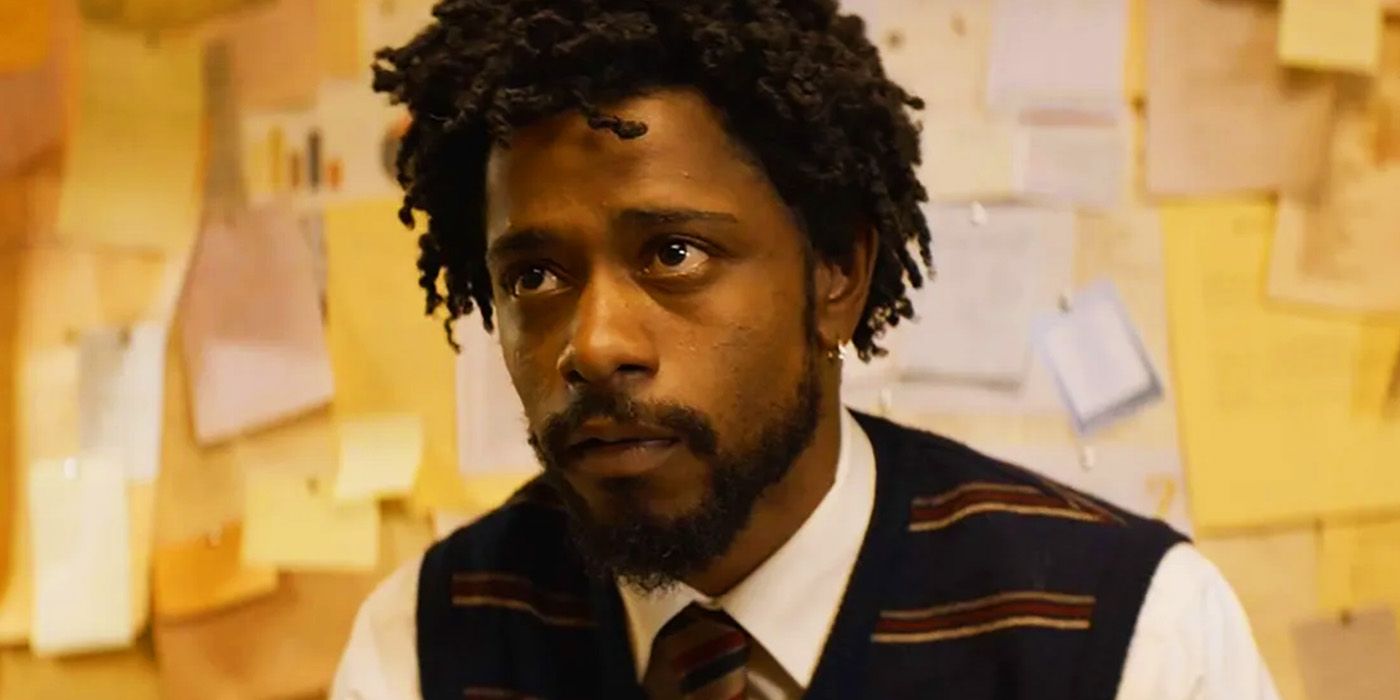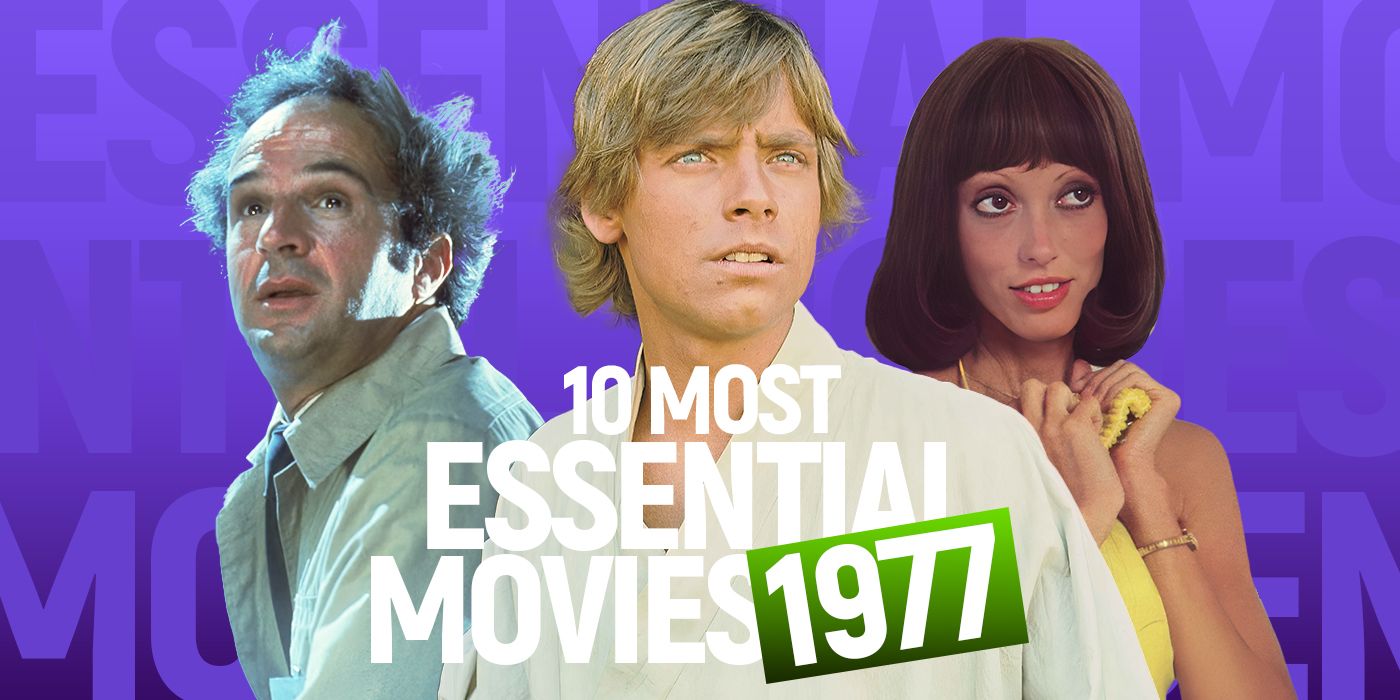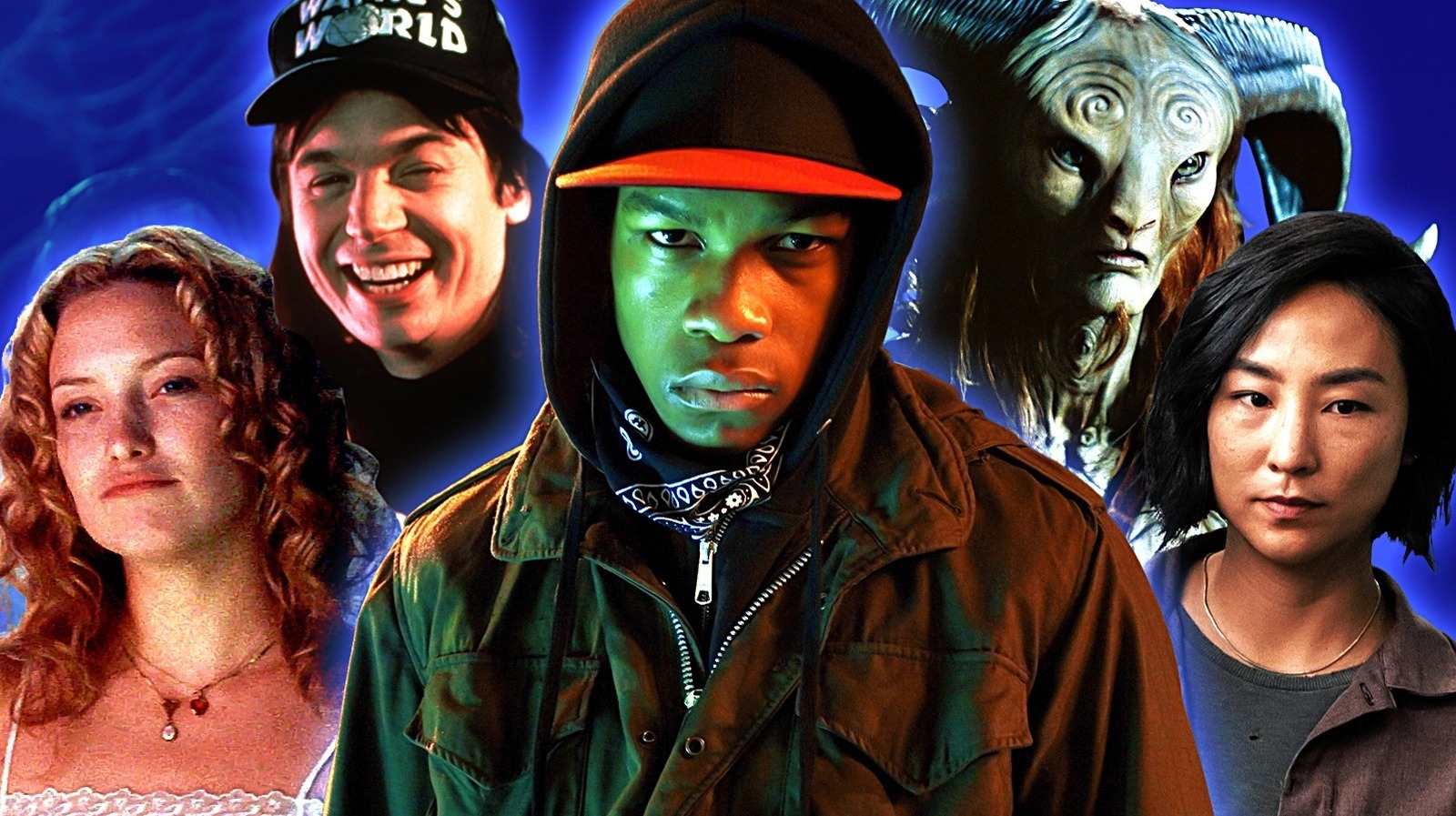While some movies tell their stories over the course of years or even decades, sometimes a tight-knit narrative that can be even more thrilling. By condensing an entire film into such a short span of time, there’s no room for superfluous details, and the most engrossing one-night movies were defined by strong scripts, great performances, and a fast-paced narrative. It could be all-time great action movies or thoughtful romances, but there were many fantastic films that occurred over the course of just one night.
A lot can happen in one night, and even though there’s only a limited number of hours before the sun comes back up, that does not mean it’s not enough time for lovers to find their soulmate or cunning criminals to get the job done. Whether it’s highly stylized releases from auteur filmmakers or coming-of-age tales that resonate with an entire generation, directors have been packing their stories into just a night since the birth of cinema. While all , they were so engaging that viewers will remember them forever.
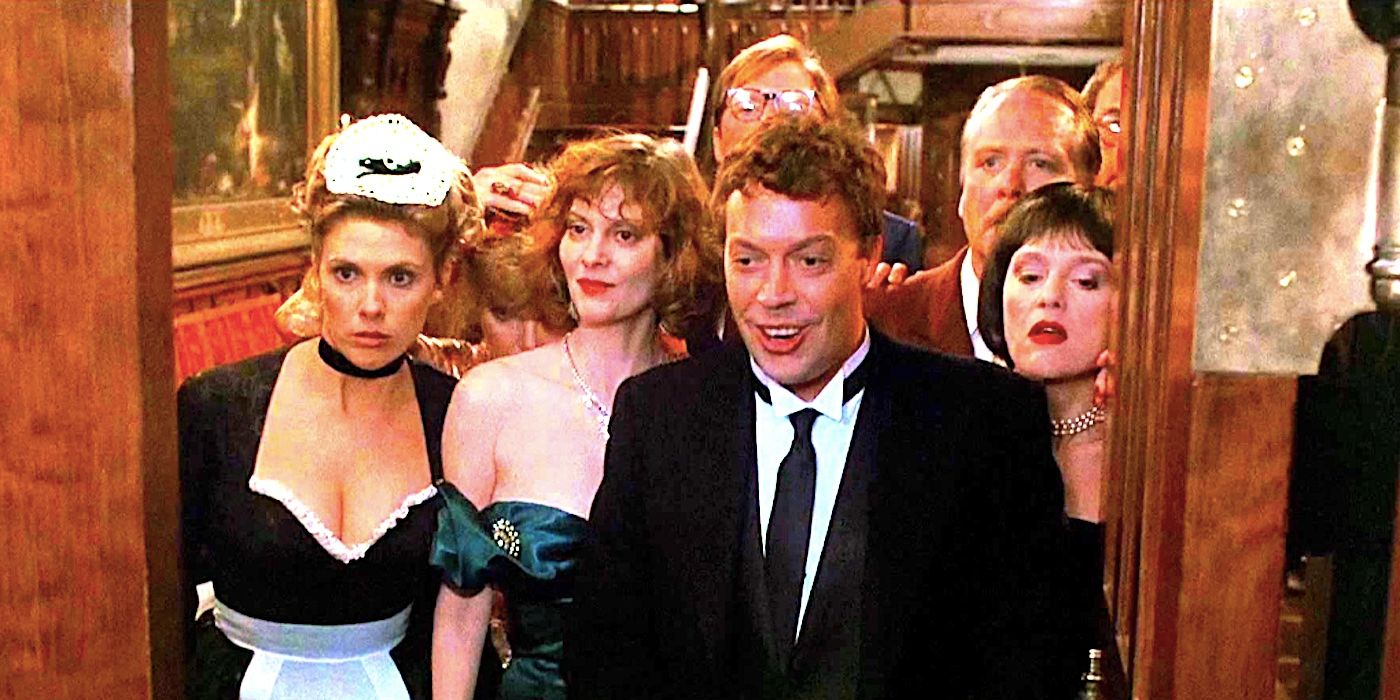
As one of the best board game movies ever, the comedic mystery Clue blended the varied characters of the original game with the style of classic whodunnit stories from the likes of Agatha Christie. With a , this film paid tribute to the game by including three separate endings to represent the different outcomes within the game. Since different versions played at different theaters, watching Clue on the big screen at the time of its release was a fun-filled experience where audiences genuinely didn’t know which version they were watching.
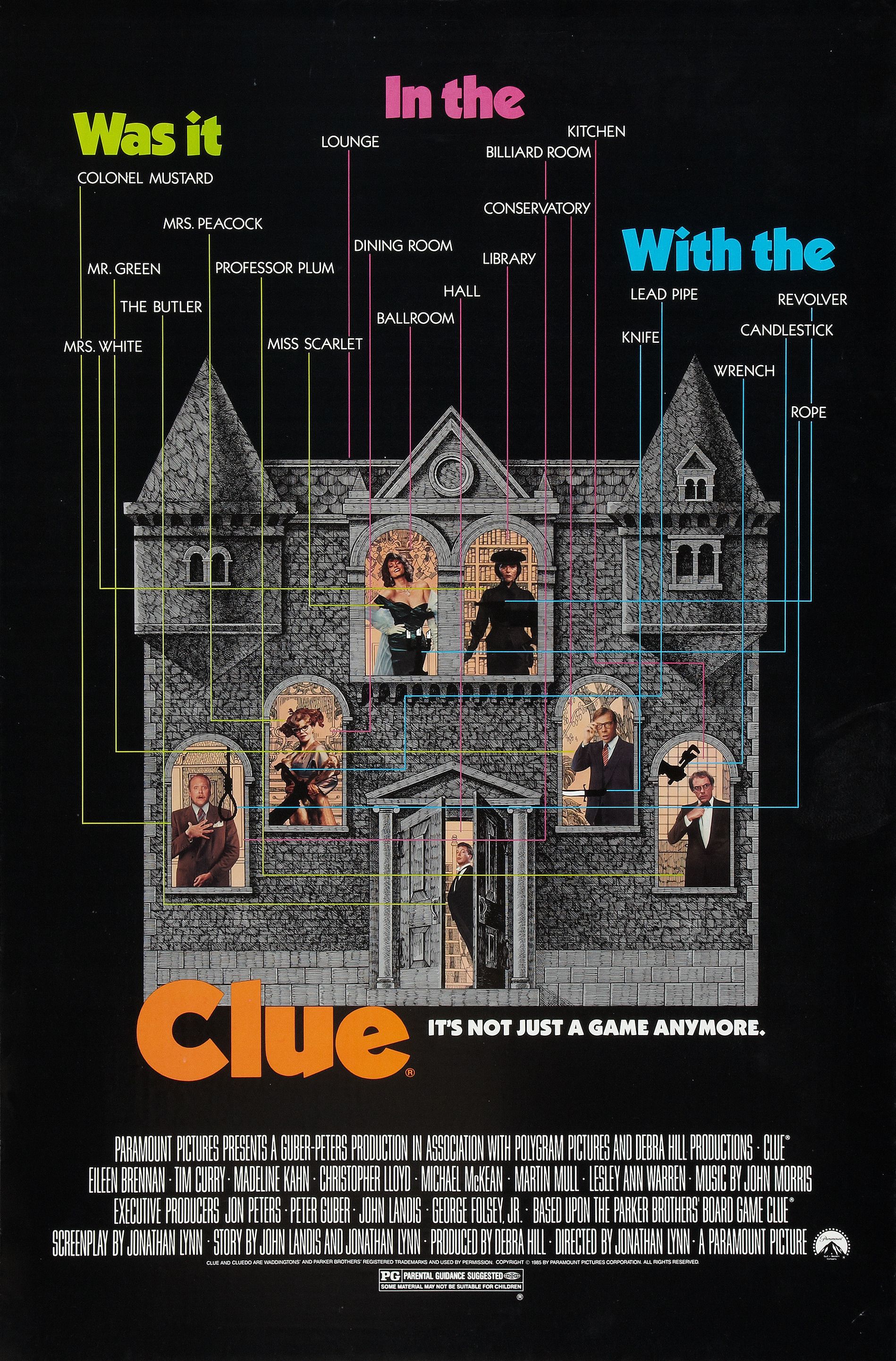
Clue
- December 13, 1985
- 94 minutes
As a cult favorite whose reputation has only grown over the years, it was exciting to see iconic characters like Mrs. Peacock, Wadsworth the butler, and Colonel Mustard included in Clue. With plenty of wit and some exciting twists and turns, this exciting murder mystery took place over the course of one night as six strangers were invited to a secluded New England mansion. Although some critics at the time dismissed Clue’s multiple endings as gimmicky, looking back, it cleverly played with conventions of cinema itself.

The countercultural icon and auteur filmmaker Jim Jarmusch took viewers on a thrilling nighttime journey around the world in Night on Earth. This cult-favorite anthology movie collected five vignettes taking place over the course of one night as various passengers formed bonds with taxi drivers in Los Angeles, New York City, Paris, Rome, and Helsinki. With sequences that became increasingly wild as the night progressed, Night on Earth perfectly encapsulated everything intriguing and unpredictable about Jarmusch’s unique style.
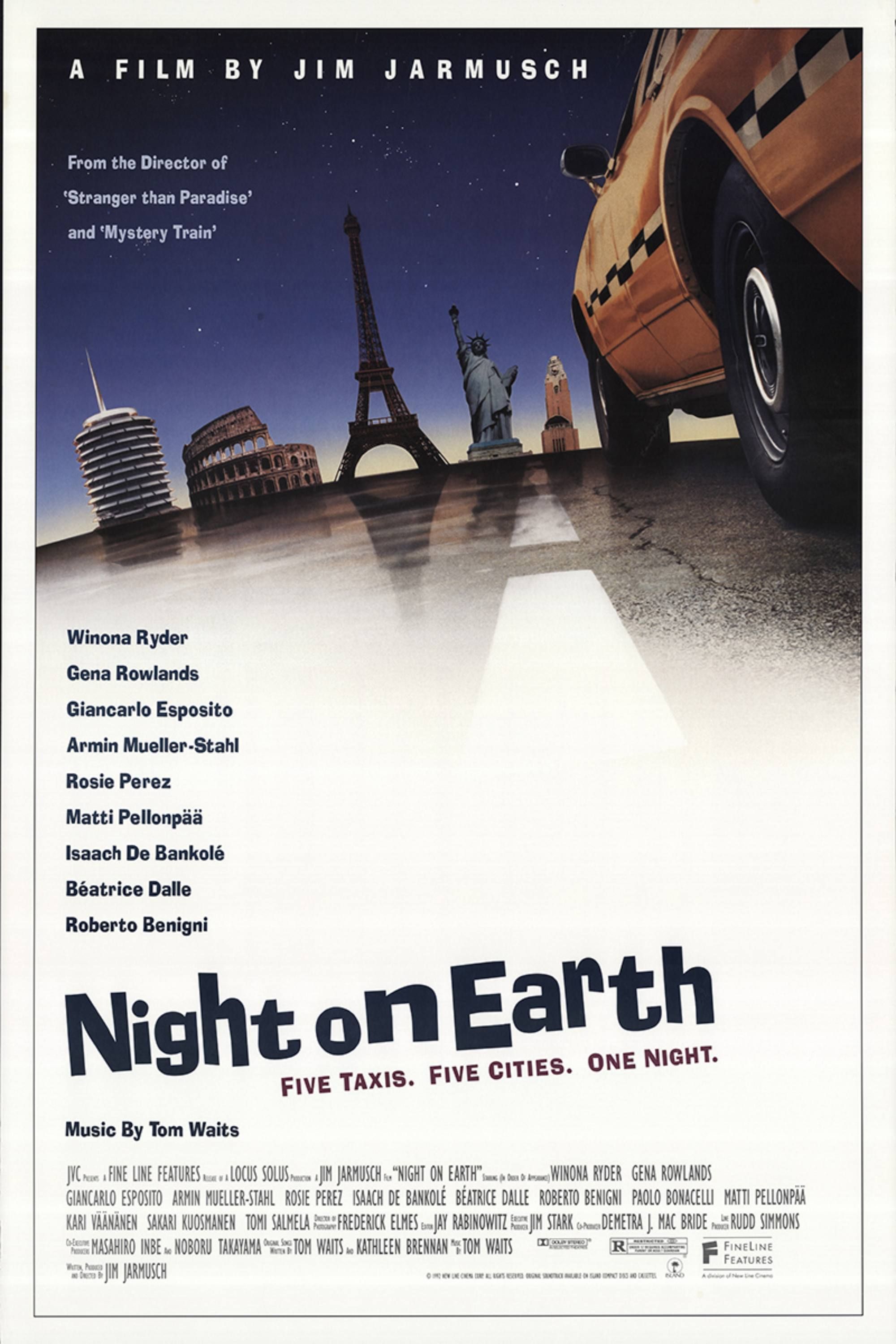
Featuring the likes of , Night on Earth was a funny, silly, and at times moving insight into the strange people who seemingly only come out at night. While Jarmusch has made other anthology-style films like Coffee and Cigarettes in the years since, Night on Earth would be a good entry point for those looking to discover this strikingly original director’s work.
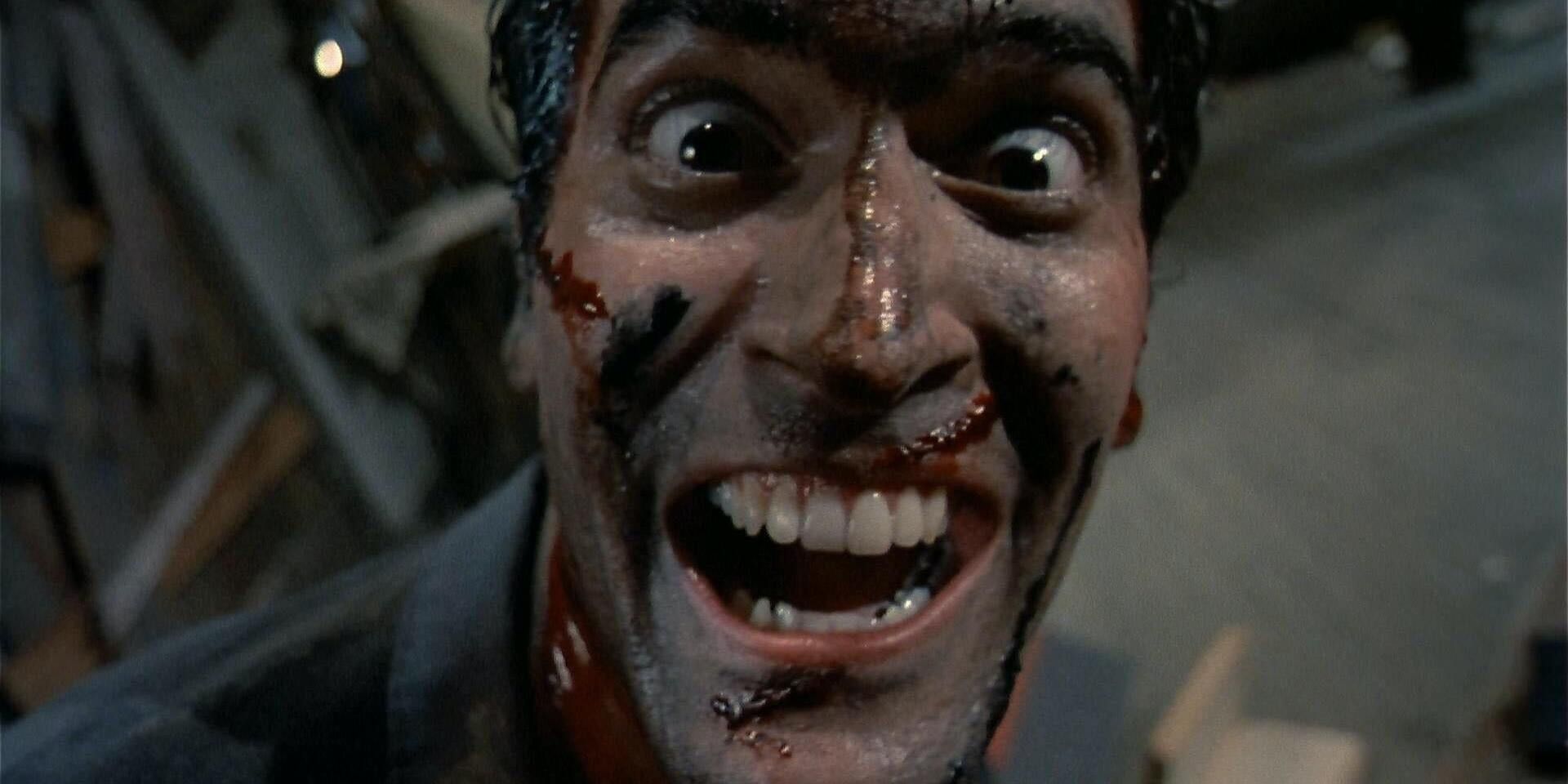
Although director Sam Raimi may have laid the foundations of the Evil Dead franchise with his original low-budget horror movie from 1981, it was the quasi-sequel-remake Evil Dead II where the franchise really came into its own. Taking place over just one night, Evil Dead II retold the story of the original with a heavier focus on humor and slapstick comedy. Featuring a , his commitment to his role alone was enough to turn this into an all-time great cult classic.

Evil Dead II began with Ash taking his girlfriend on vacation to a remote cabin, only to accidentally unleash demons from an ancient text and find himself facing off against hordes of undead foes and supernatural forces. While Evil Dead II may have taken place over the course of just one night, its legacy has only grown over the years as it has continued through its sequel, reboot series, comic books, and even a spin-off television series titled Ash vs Evil Dead.
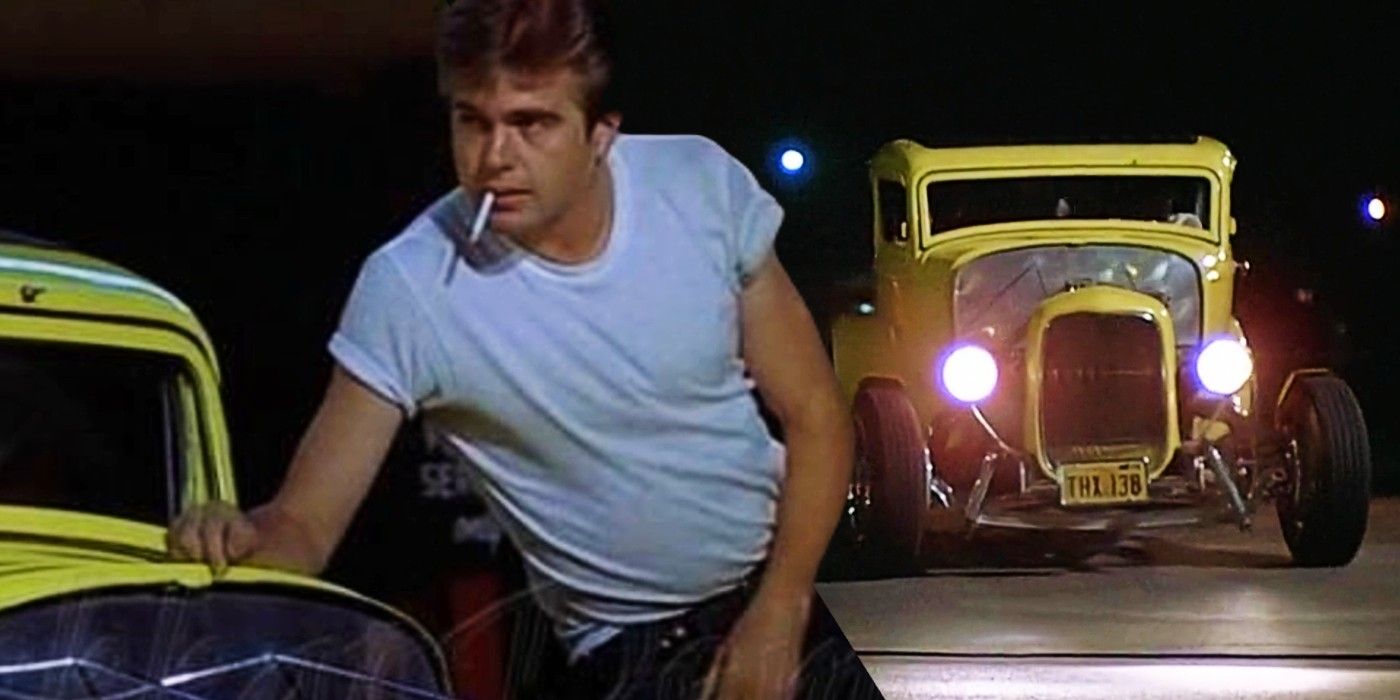
Before gaining worldwide recognition with Star Wars, George Lucas captured the essence of the cruising and early rock 'n' roll cultures of his youth in American Graffiti. This acclaimed coming-of-age story explored a group of teenagers and their adventures throughout a single night through a series of fun-filled vignettes. Film critic Roger Ebert summed up the appeal of American Graffiti when he said it works not only as a great film but also as a historical document, as “no sociological treatise could duplicate the movie's success in remembering exactly how it was to be alive at that cultural instant.”
American Graffiti was a glimpse into an era that’s long since passed and was a bittersweet look at a group of 1962 high school grads last days of innocence. As a hugely influential movie, the legacy of American Graffiti has extended to the teen movie genre as a whole, as for the 1990s. While Lucas shifted his focus toward Star Wars and Indiana Jones after this, American Graffiti makes us wish he also carved out a dual career directing more grounded, realistic films like this.
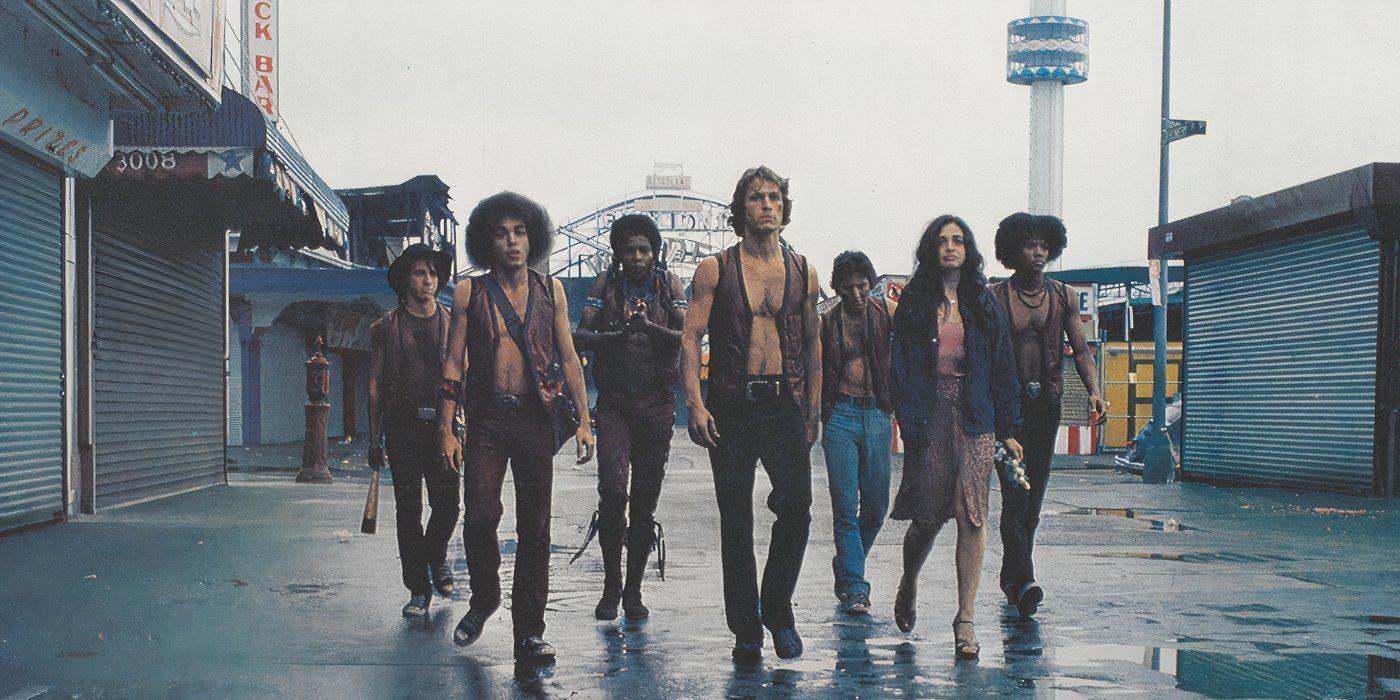
Walter Hill’s The Warriors was an unapologetically gritty look at New York street gangs fighting it out on one solitary, violent night. Telling the story of Coney Island teens trying to survive an intense showdown against an assortment of bizarre criminal gangs, this trashy, campy, and outrageous movie has since become a touchstone of popular culture and has been referenced in everything from The Simpsons to John Wick. As an enjoyable example of a B-movie chaotic fun, as various foes reared their heads on this wild New York night.
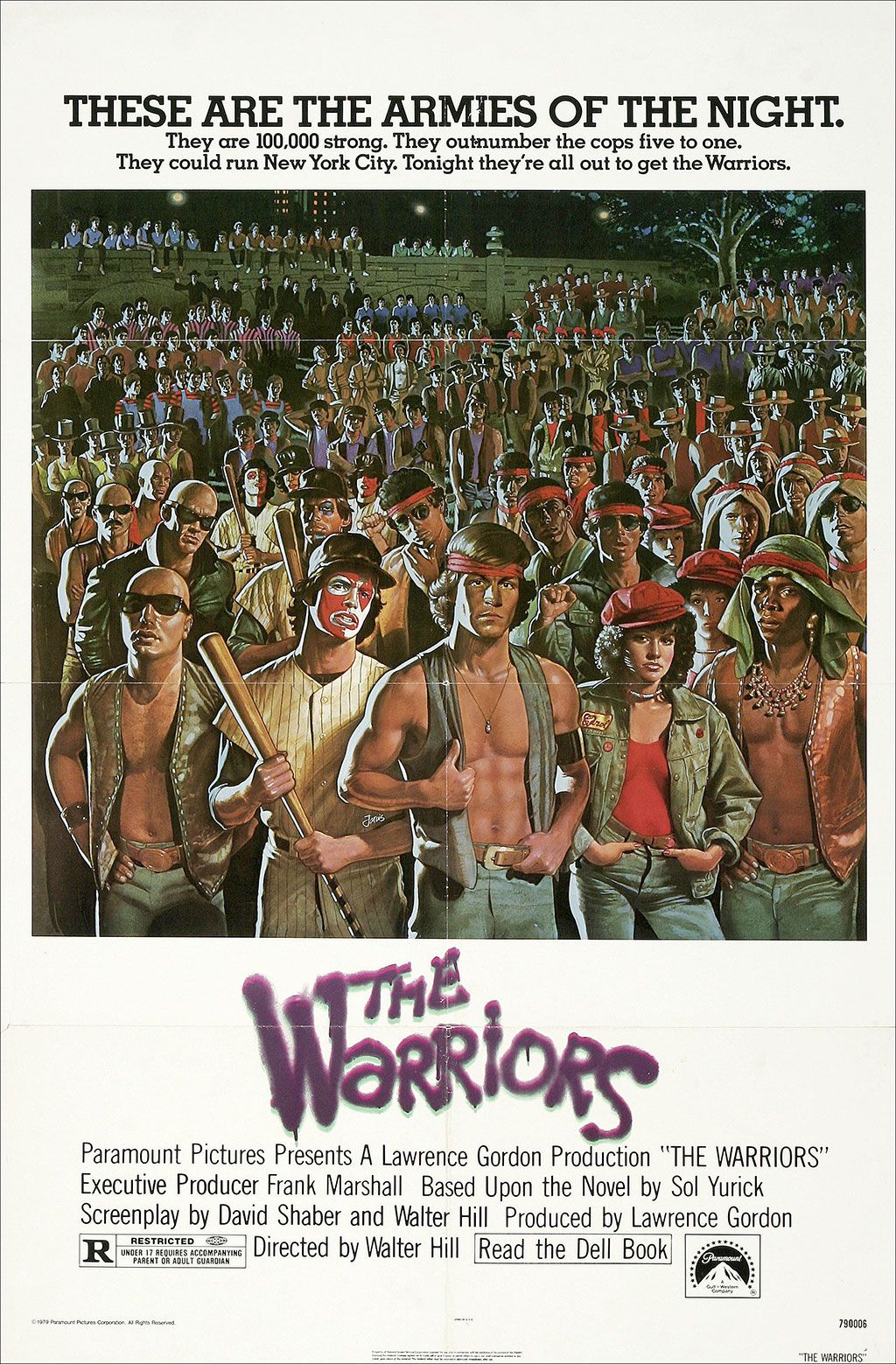
The Warriors
- February 9, 1979
- 92 minutes
As a campy cult classic with over-the-top dialogue and highly stylized chase sequences through city streets, The Warriors was as engaging as it was implausible. For as wild and unbelievable as The Warriors was, it also felt like the encapsulation of the disenfranchised feelings of young people during this era. With plenty of unlikely fans, even President Ronald Reagan was reportedly an admirer of the movie (via Salon) and even phoned its lead actor, Michael Beck, to tell him that he had screened the movie at Camp David to tell him how much he enjoyed it.

Who's Afraid of Virginia Woolf? was Mike Nichols' astounding adaptation of the 1962 play by Edward Albee, which depicted an eventful late-night gathering at the home of a college professor and his wife. What starts with the drunken couple inviting a young married couple back to their house for a drink soon turns into a stunning critique of the phoniness of American culture, the faces we wear around others, and the fragility of unstable marriages. As the couple uses their guests to fuel their own anguish and frustration toward one another, this minimalist story made for deeply uncomfortable viewing.
As a distressing look at emotional pain and buried resentment, Who's Afraid of Virginia Woolf? was made more engaging through the performances of four cast members. With 13 Academy Award nominations, including Best Picture, this marked the first time that four main actors were nominated for Oscars in their respective acting categories. The exploration of marriage in Who's Afraid of Virginia Woolf? was made all the more fascinating since its stars, , were actually married in real life at the time.
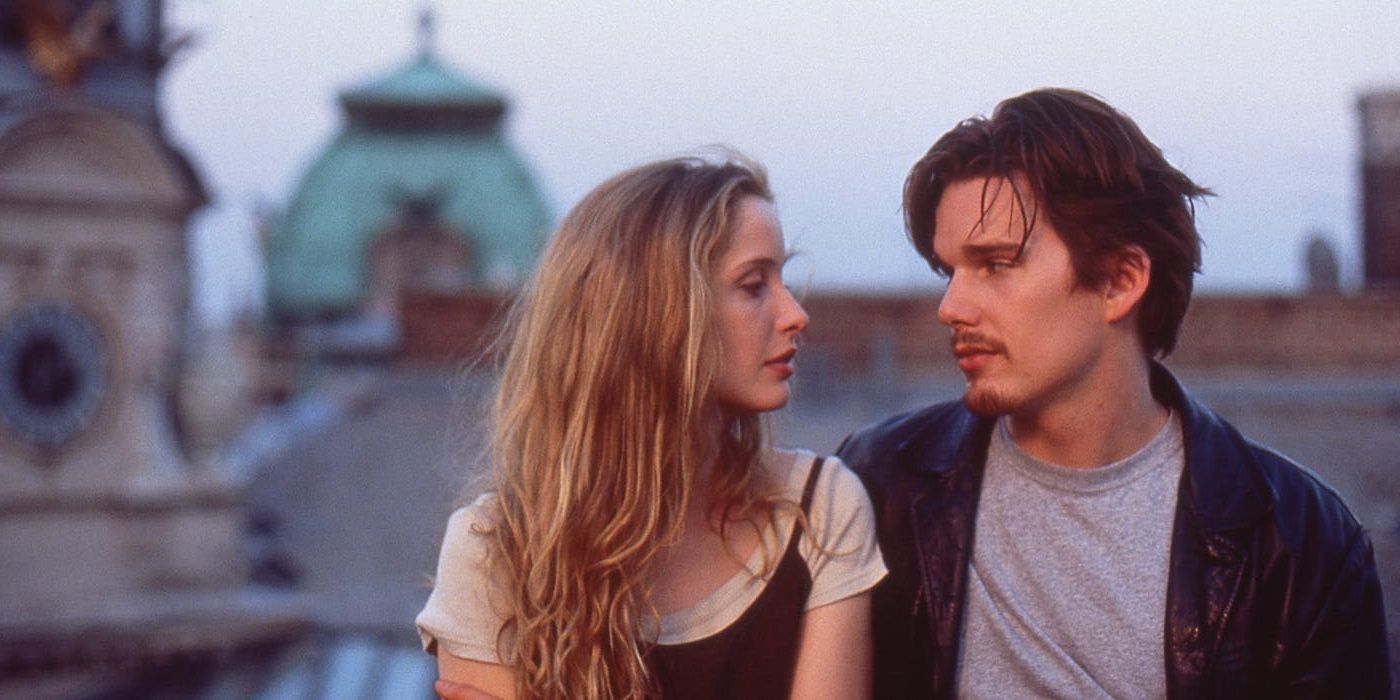
Richard Linklater made perhaps with Before Sunrise. Telling the story of a young American (Ethan Hawke) on a train to Vienna who encounters an introspective French girl (Julie Delpy), the two form an instant connection and disembark the train together to spend one night together characterized by intense conversation, philosophical rambling, and the extraordinary excitement of falling head over heels in love.
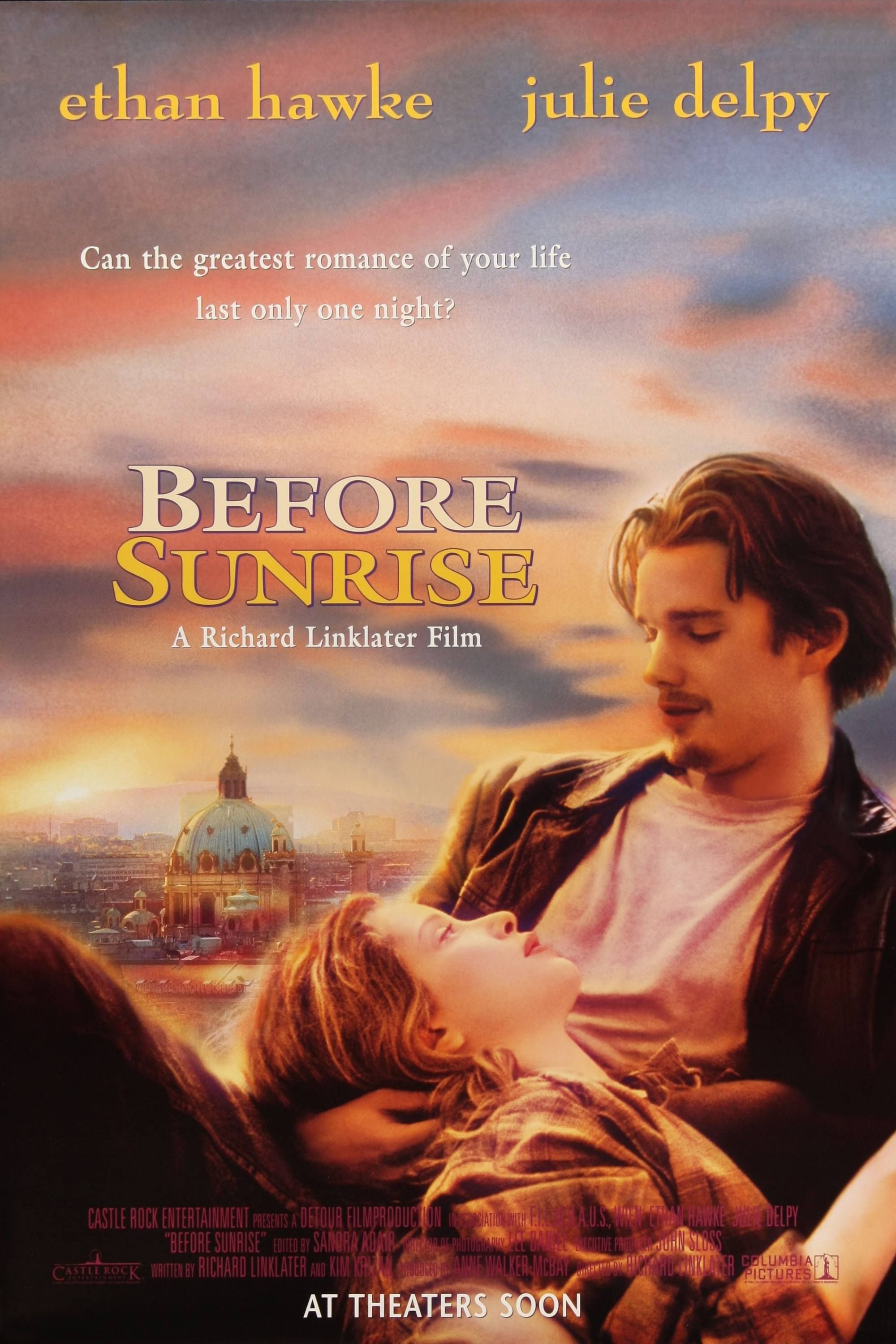
Before Sunrise
- January 27, 1995
- 101 minutes
As a deeply moving depiction of the first flurries of romance, Before Sunrise was made all the more engaging through the limited time these lovers had together, as they sought to squeeze every ounce of enjoyment they could out of this chance encounter. As the first film in Linklater’s Before trilogy, Before Sunrise was the starting point of one of cinema’s most unlikely film franchises.
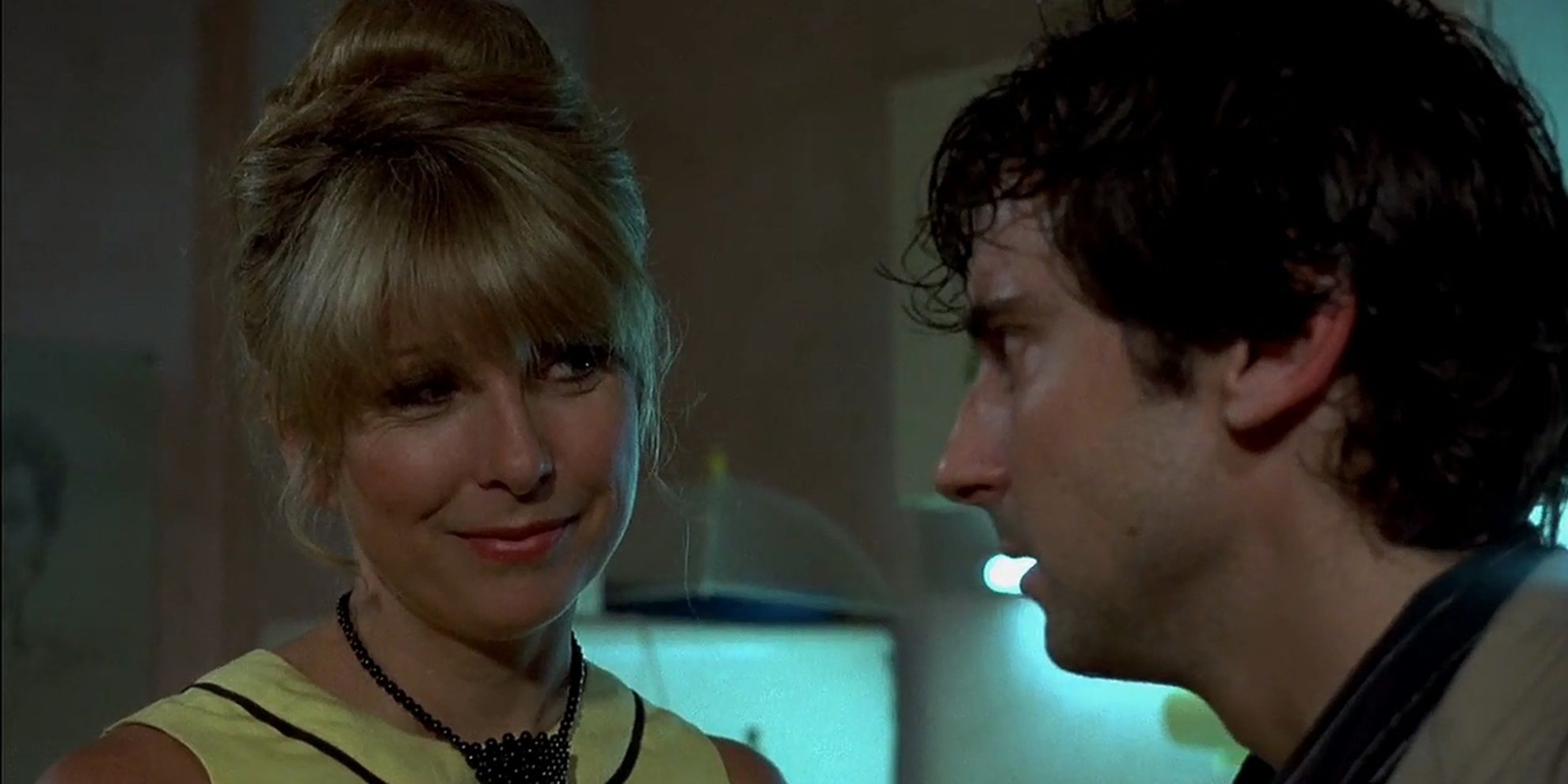
While Martin Scorsese was behind some of the most acclaimed movies of all time, among his vast and varied filmography sits the highly underrated and underseen black comedy After Hours. Set over the course of just one night, this frantic neo-noir starred Griffin Dunne as Paul Hackett, an office worker who, after a dull day at work, had a night that was anything but. When a brief but intense connection with a woman named Marcy offers the chance of romance, Paul ends up having the most bizarre night of his life as he tries to reconnect with the girl.
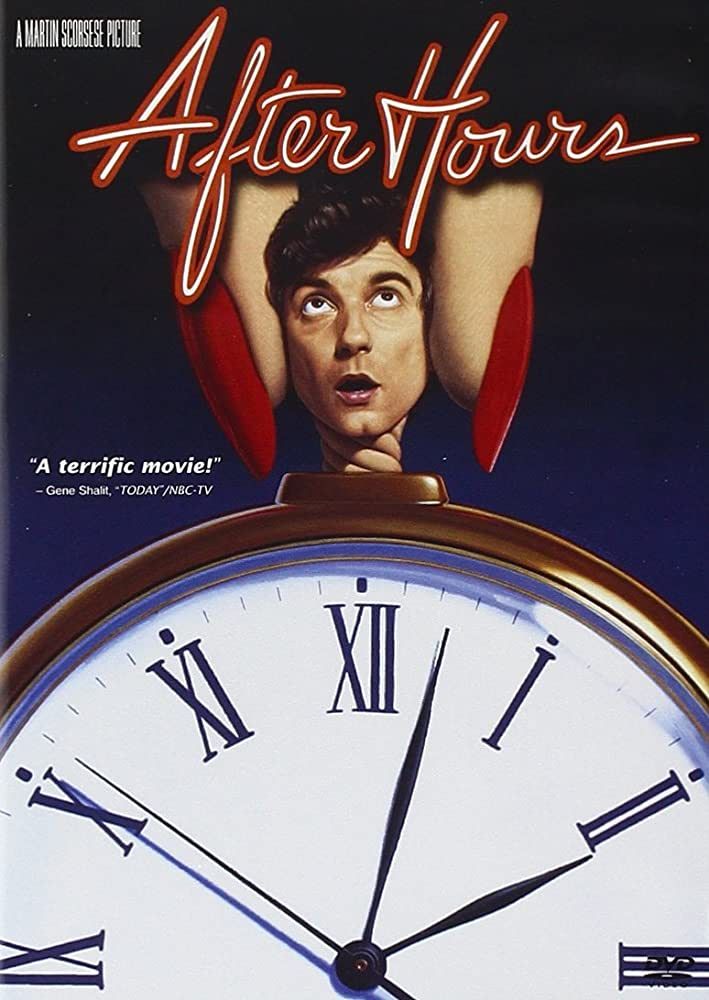
as Paul’s night became increasingly unwieldy in this farcical story that paired the yuppie era of the 1980s with the wackiness of a screwball comedy. As a thought-provoking glimpse into the soulless nature of corporate life, Paul’s journey was filled with false promises as he sought to replace the drudgery of his work as a computer data entry worker with a whirlwind romance. However, in the end, the night passed without any such memory, and he went back to work tired and depressed.
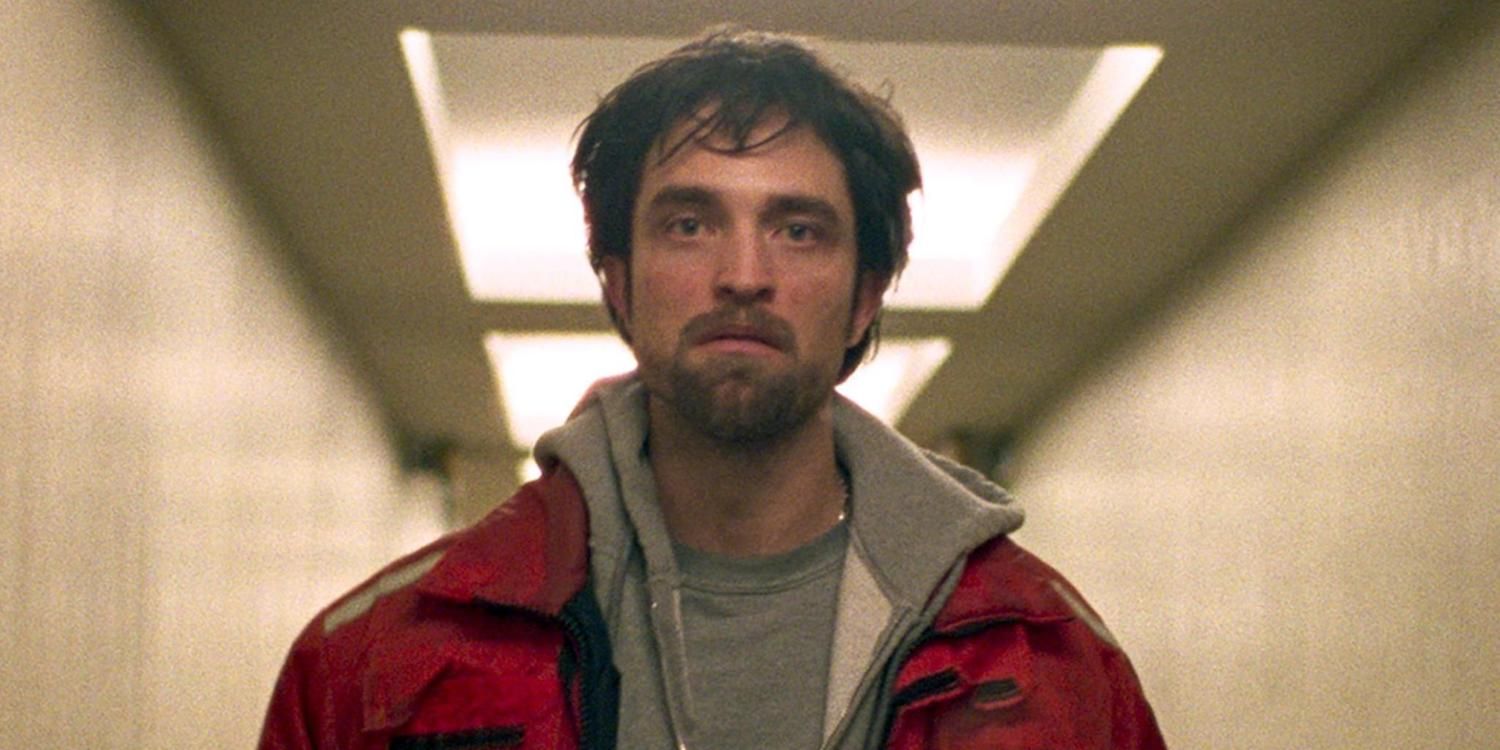
The Safdie brothers came together with star Robert Pattinson for Good Time, an anxiety-inducing thriller that unfolds over the course of one solitary night. With the same unsettling feeling as the Safdies’ follow-up film Uncut Gems, Good Time followed Connie Nikas (Pattinson) as he tried to avoid being arrested himself as he desperately sought to get his mentally disabled brother out of custody following a botched bank robbery. With intense visuals and a standout performance from Pattinson, this distinctive story helped solidify the Safdies’ reputation as some of the most interesting filmmakers working today.
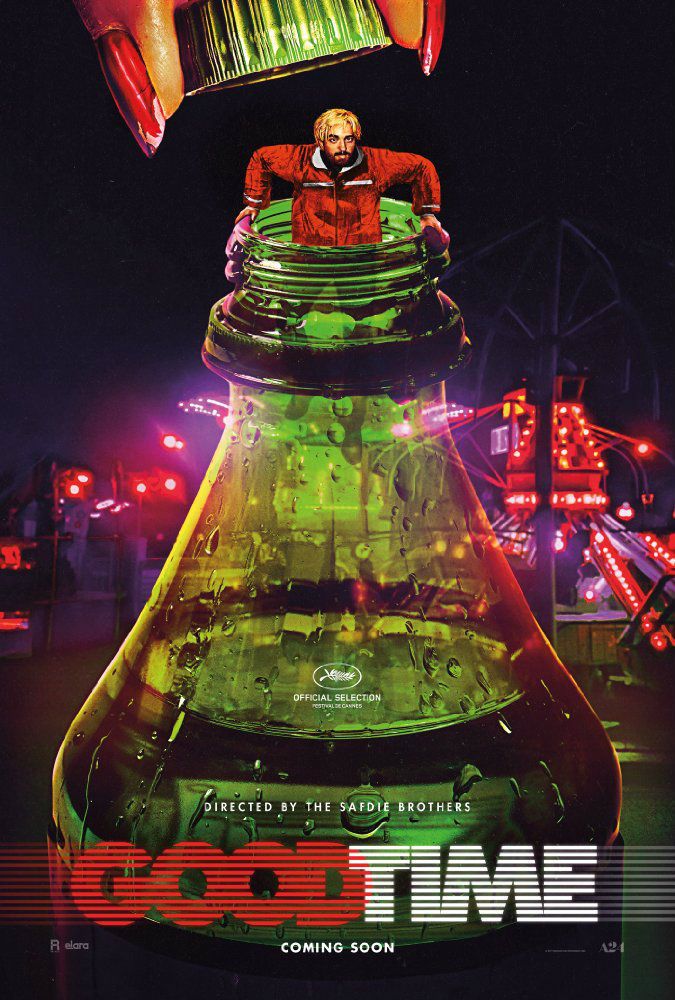
The relentless urgency of Good Time, paired with its neon color palette, made for heart-racing and visually stunning viewing. As a story that occurs over the course of just one night, Connie’s desperate journey felt like it was almost occurring in real time as each new twist and turn made it feel like he was just on the cusp of apprehension. As a chaotic, nerve-wracking, and tight-knit narrative, and deserves far more recognition as one of Pattinson’s crowning achievements as an actor.
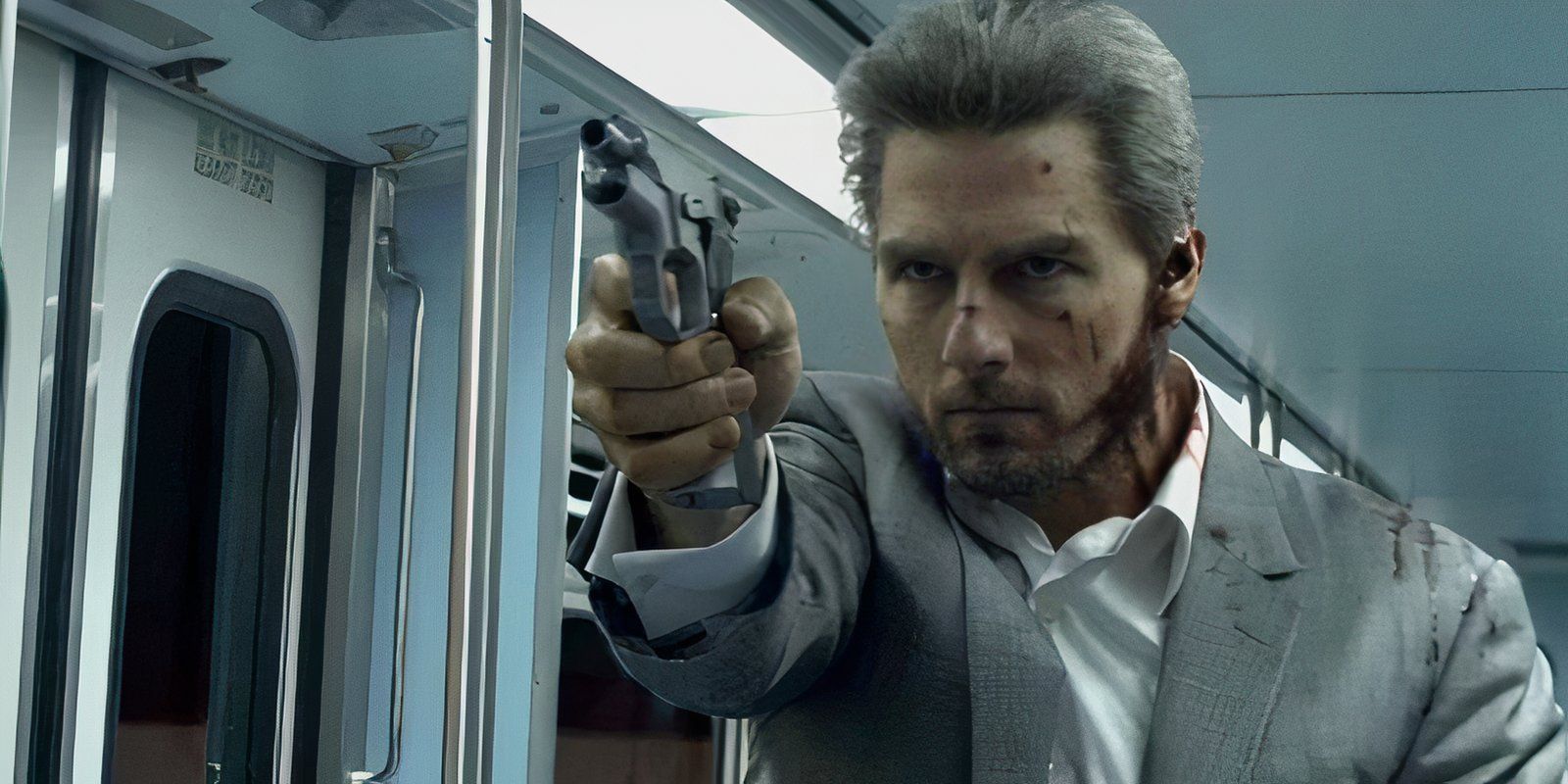
With two astounding performances at the center of this thrilling release, . With Jamie Foxx as the Los Angeles cab driver Max Durocher and Tom Cruise as his customer Vincent, this neo-noir action thriller saw Vincent eventually taking Max hostage as he embarks on a contract killer spree in his role as a hitman. Boasting a strong screenplay, great chemistry between its stars, and plenty of Mann’s signature stylistic flair, Collateral was among the best movies ever that unfold over the course of just one night.
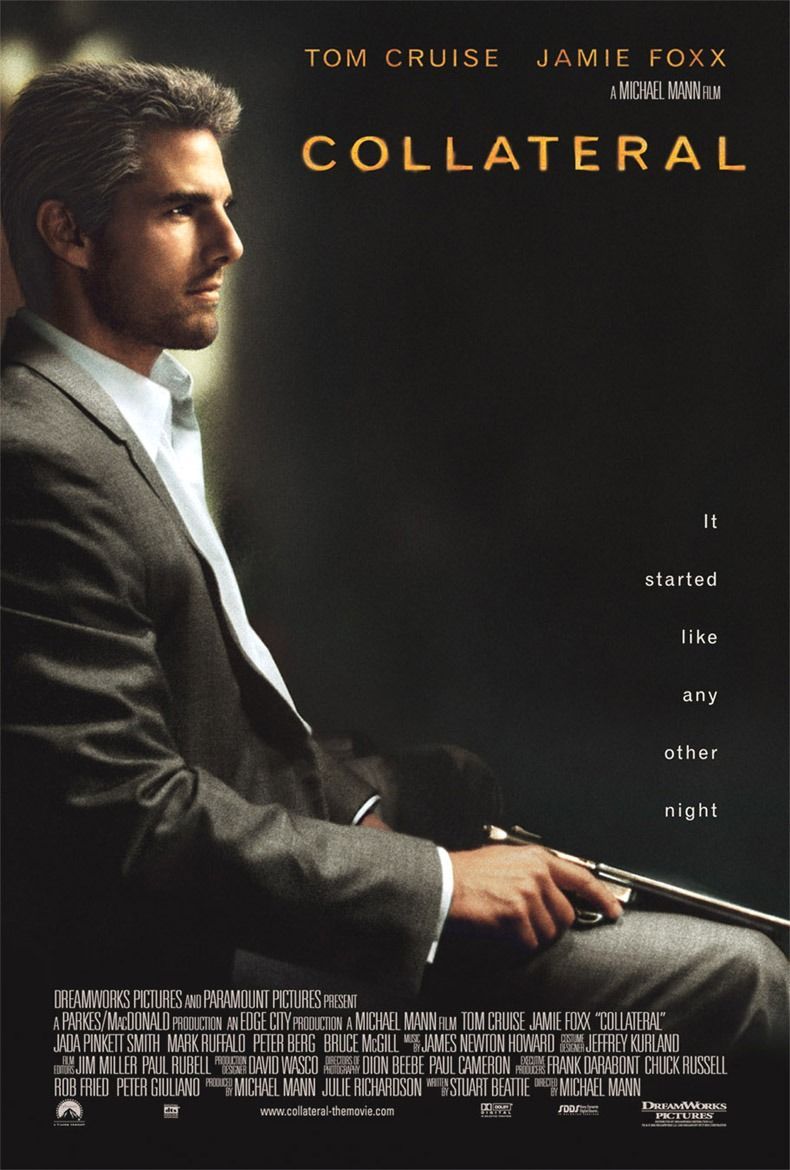
With everyone involved delivering at the absolute top of their game, Collateral was just about everything you could want out of a thrilling action movie. Cruise gave one of his best performances, and Foxx was even nominated for an Academy Award for his role, a rare acknowledgment from the Academy for an action movie. While Collateral may have , its legacy has only grown over the years.
Sources: Roger Ebert, Salon







